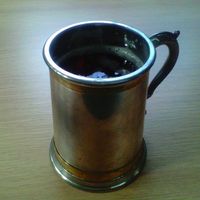
Download project from Pannel view
Started by
rob5029,
2 posts in this topic
Create an account or sign in to comment
You need to be a member in order to leave a comment

Started by
rob5029,
You need to be a member in order to leave a comment